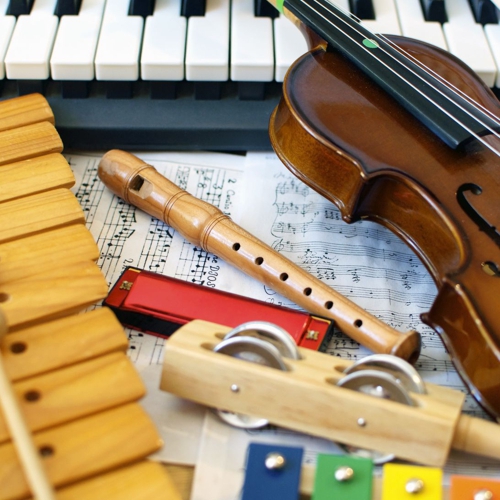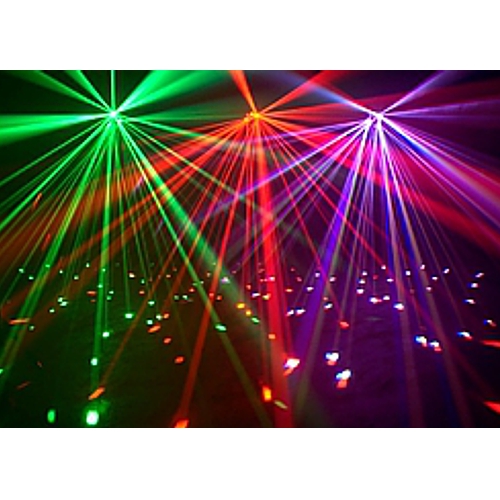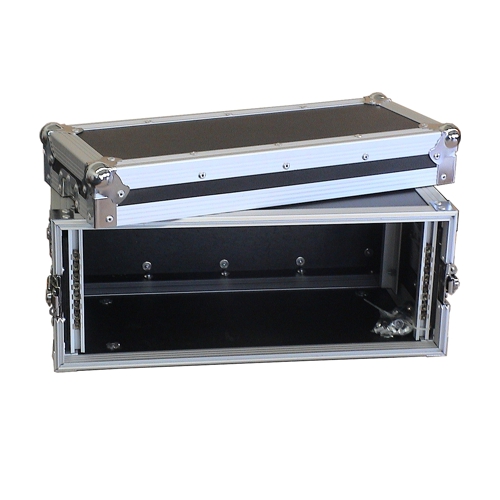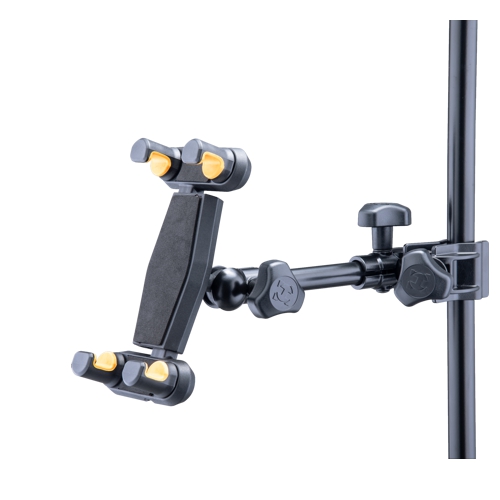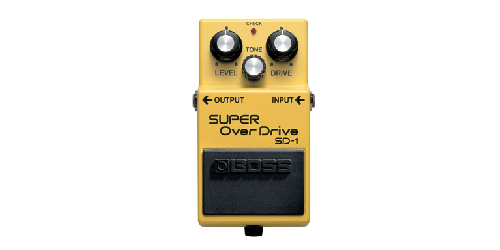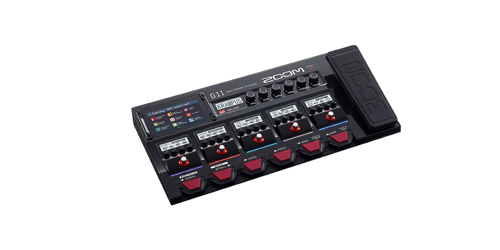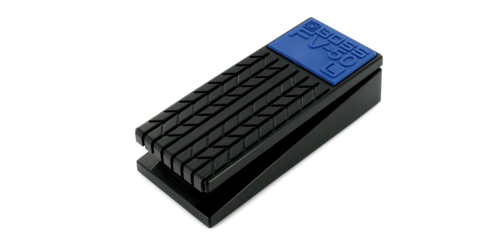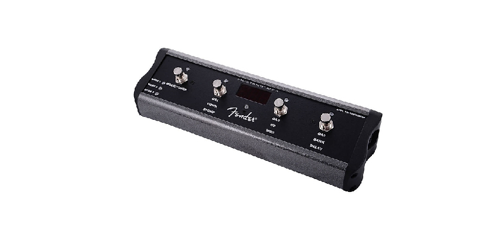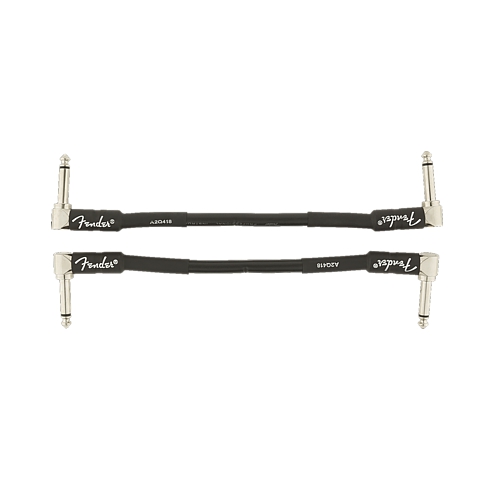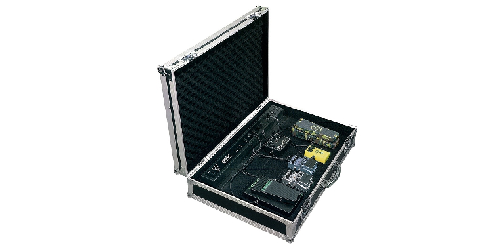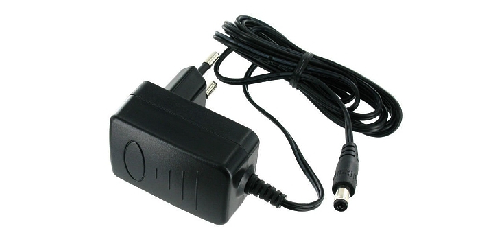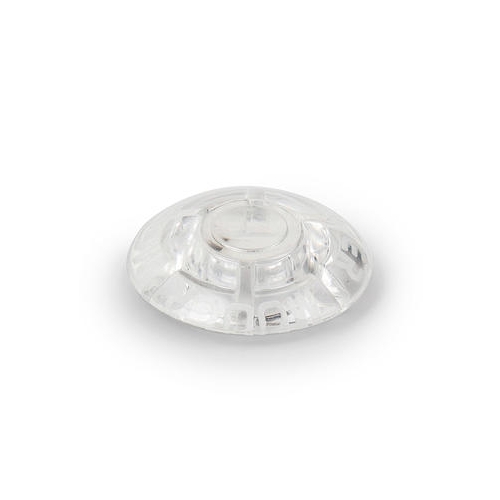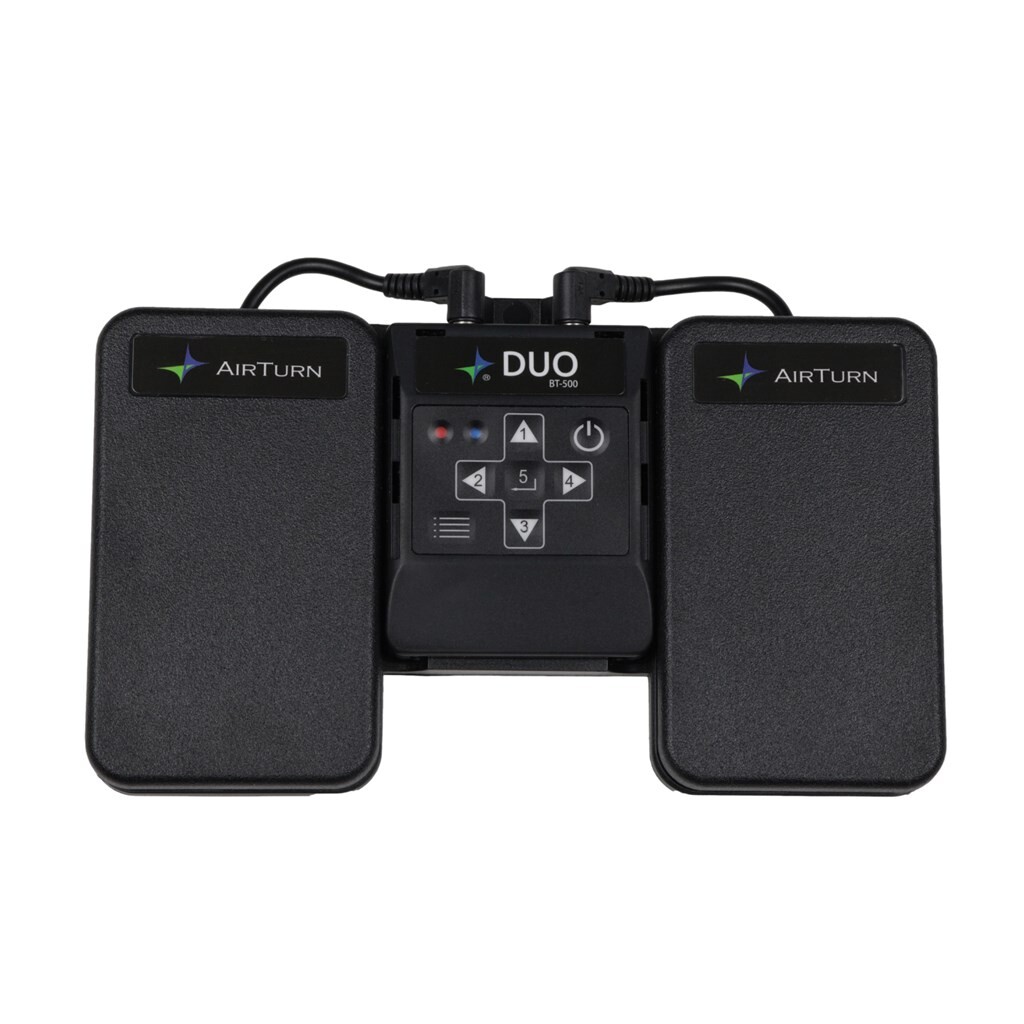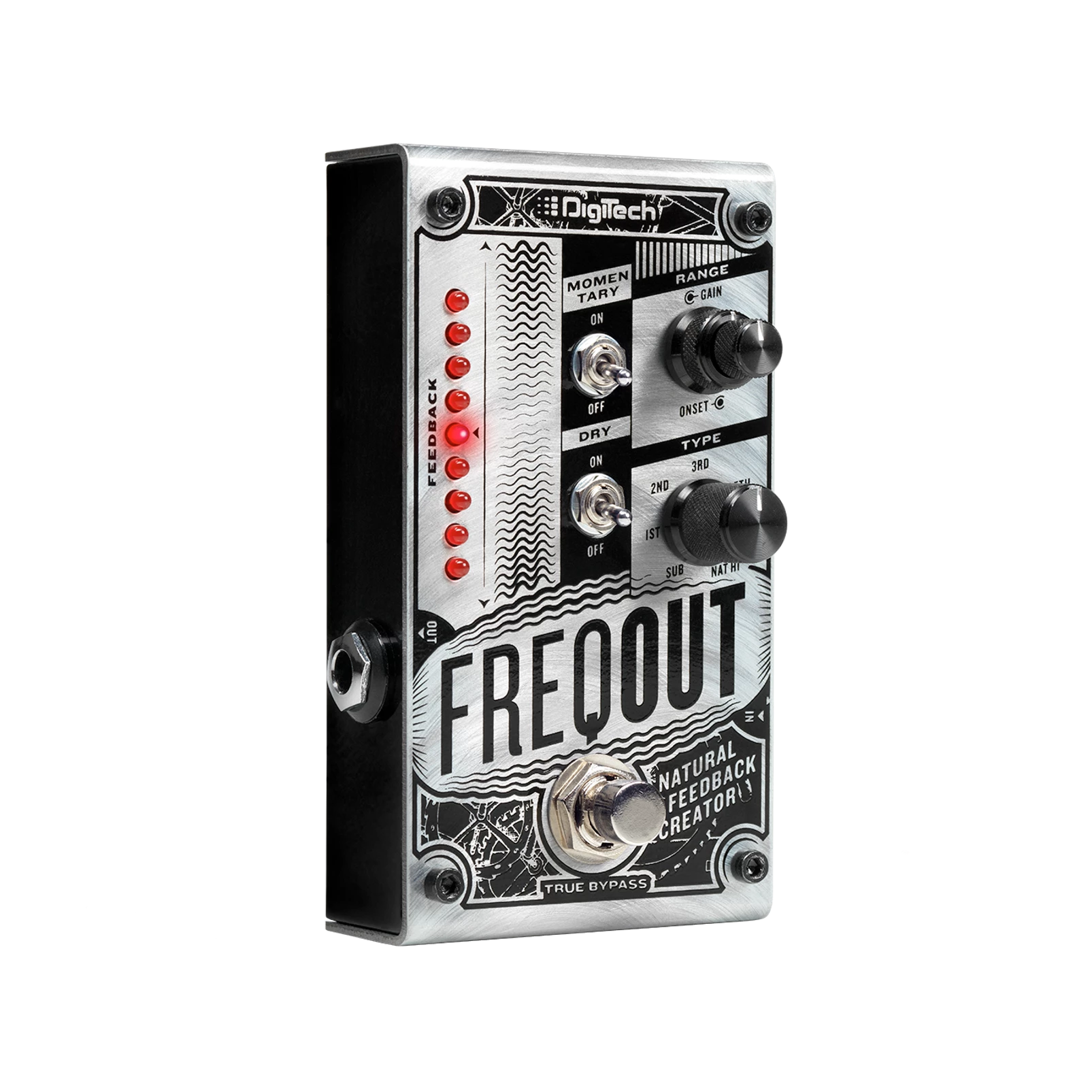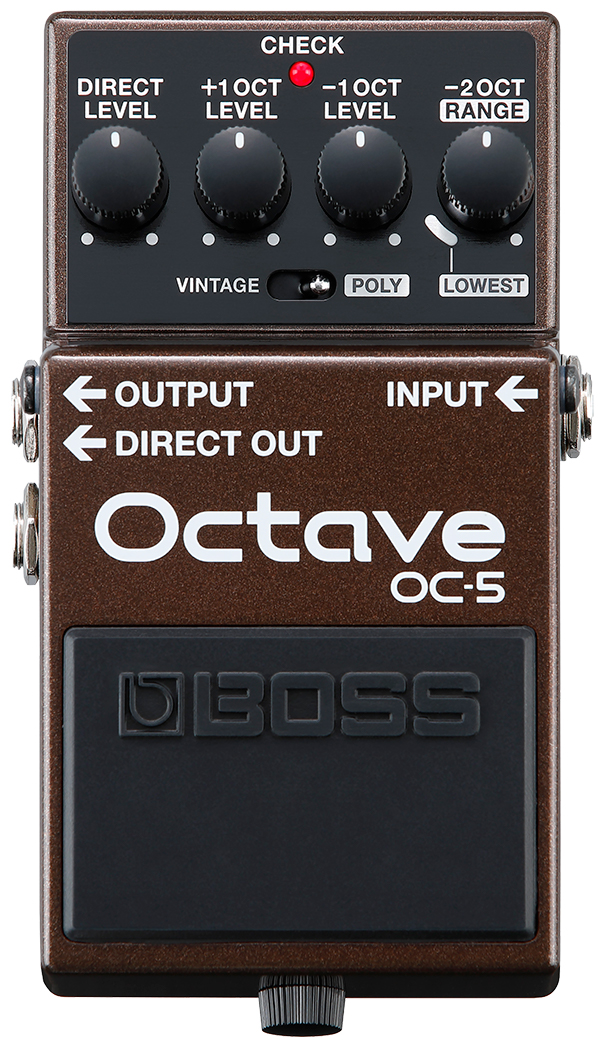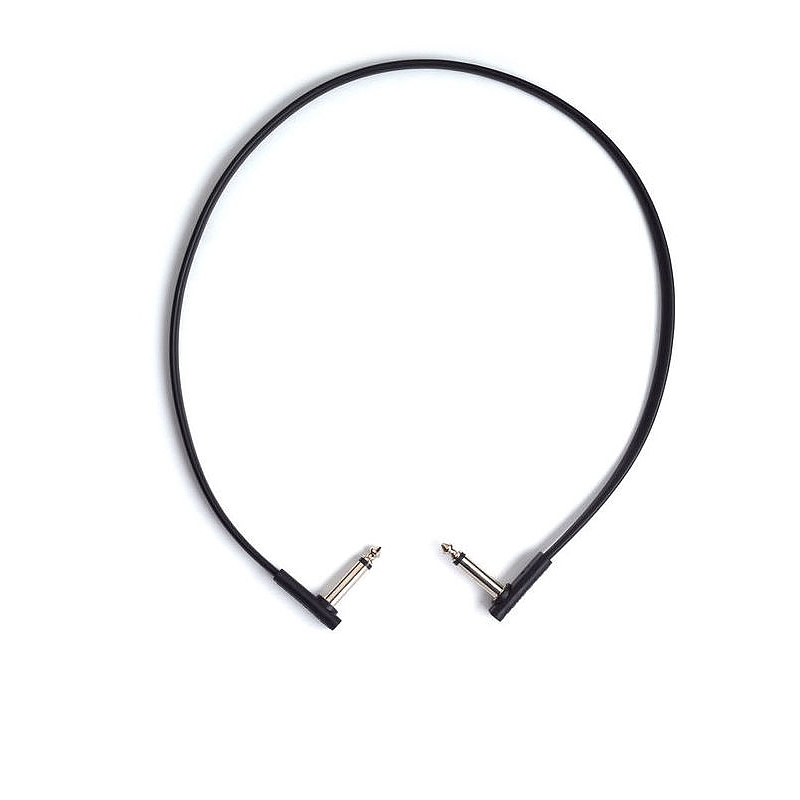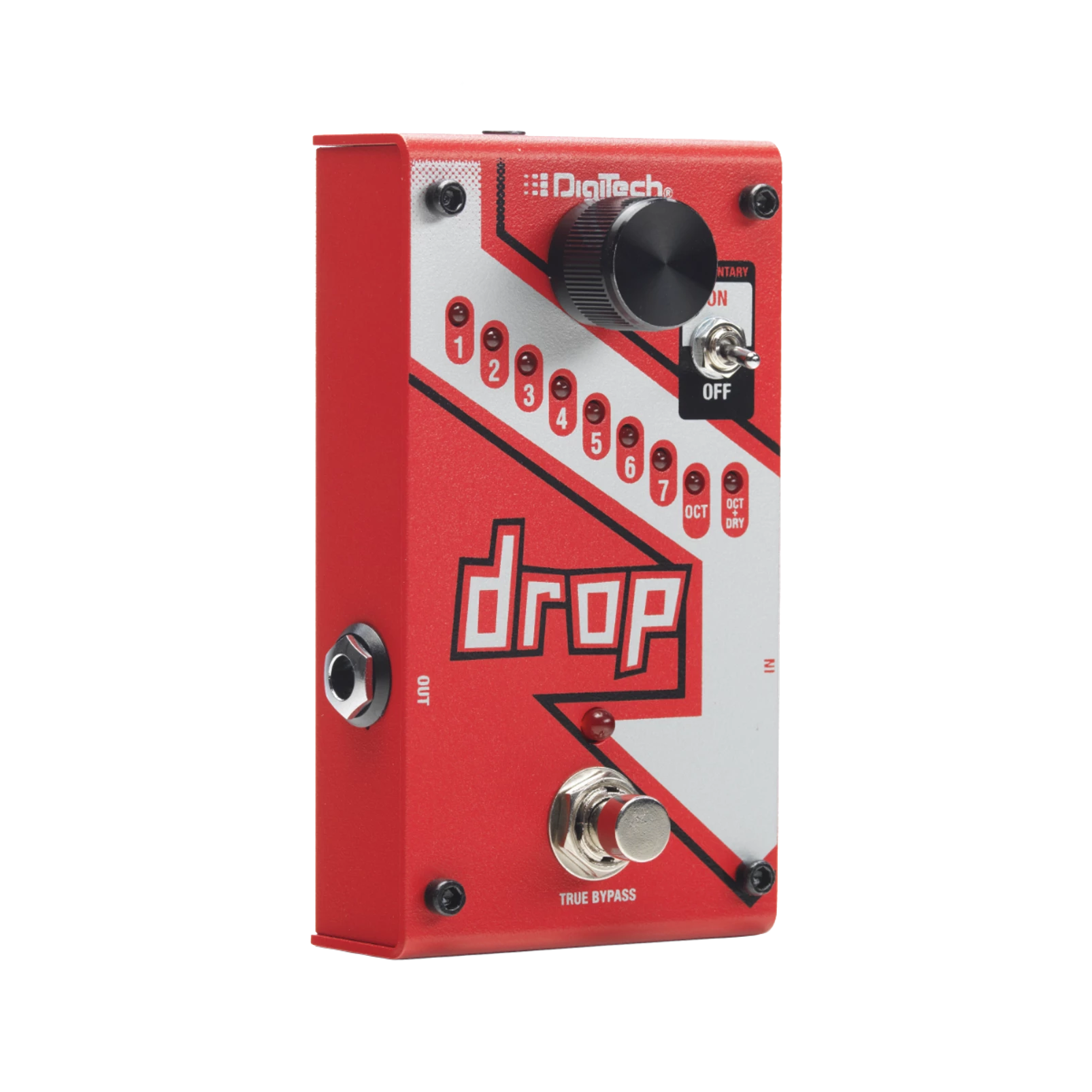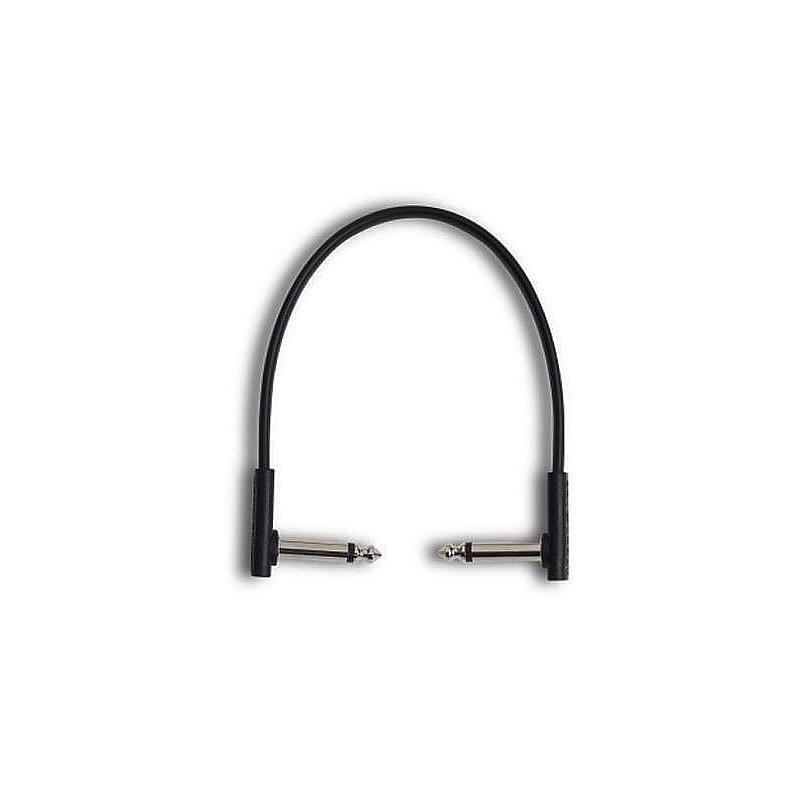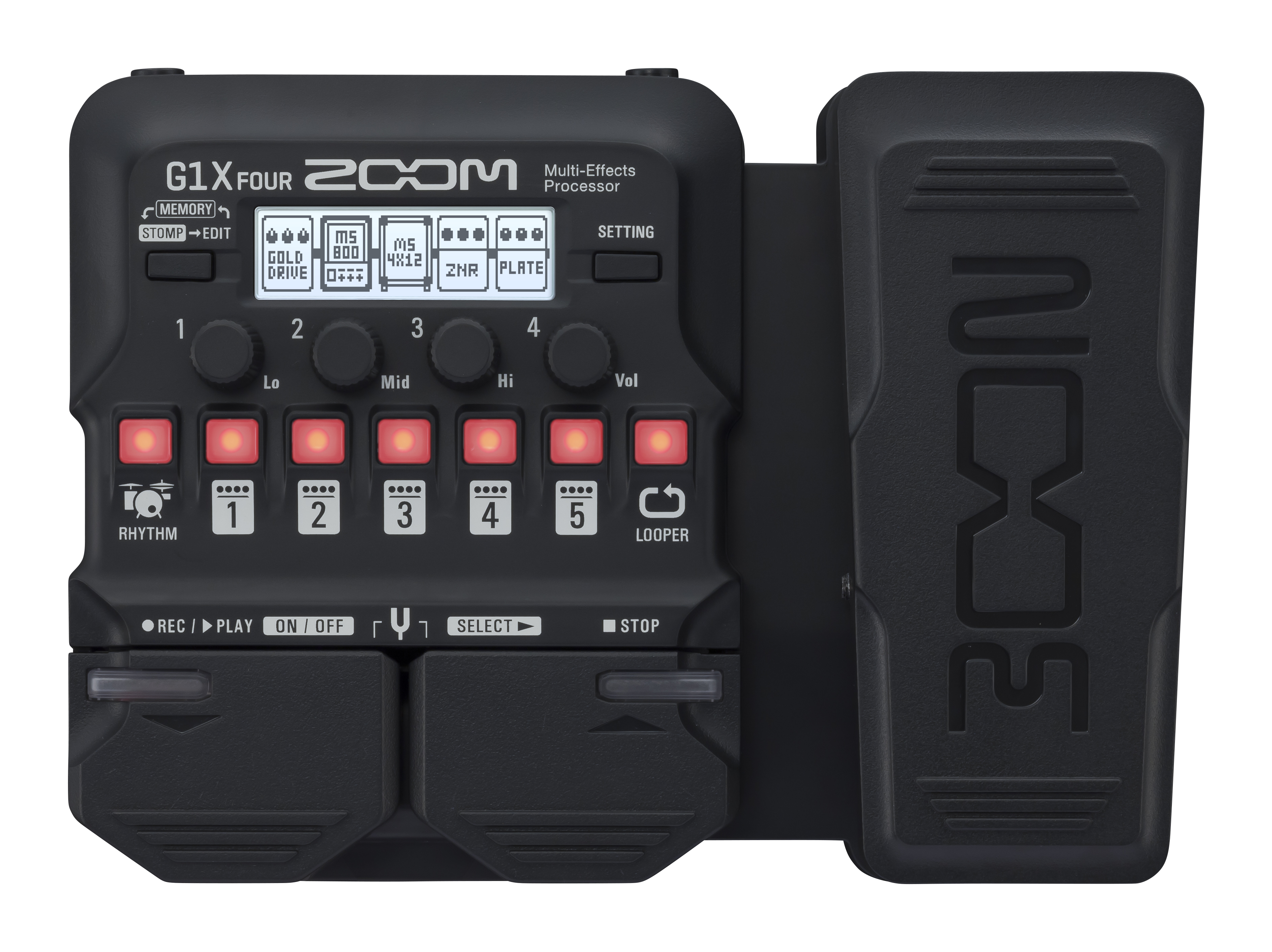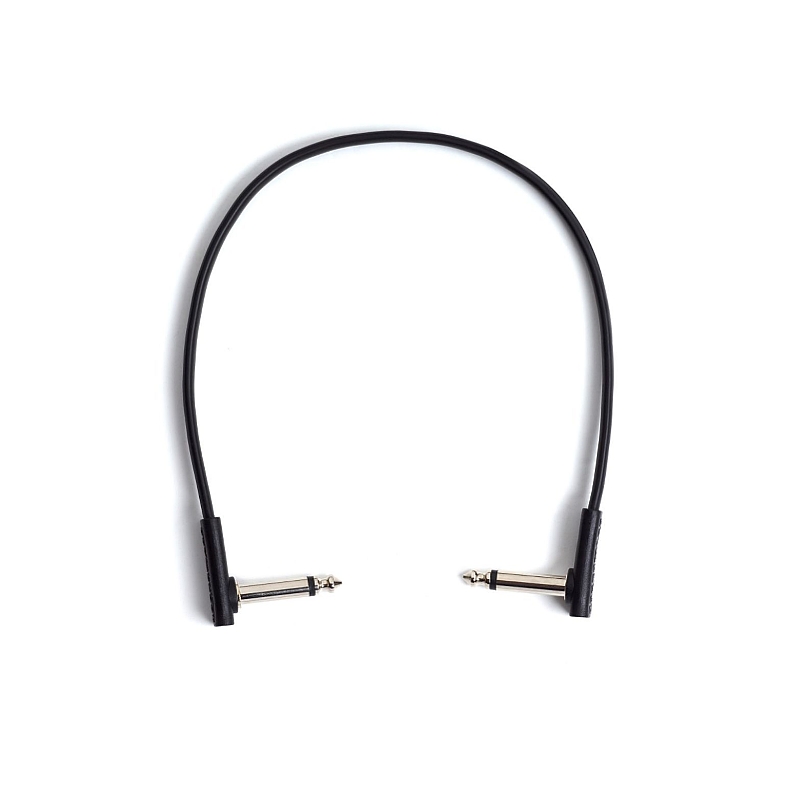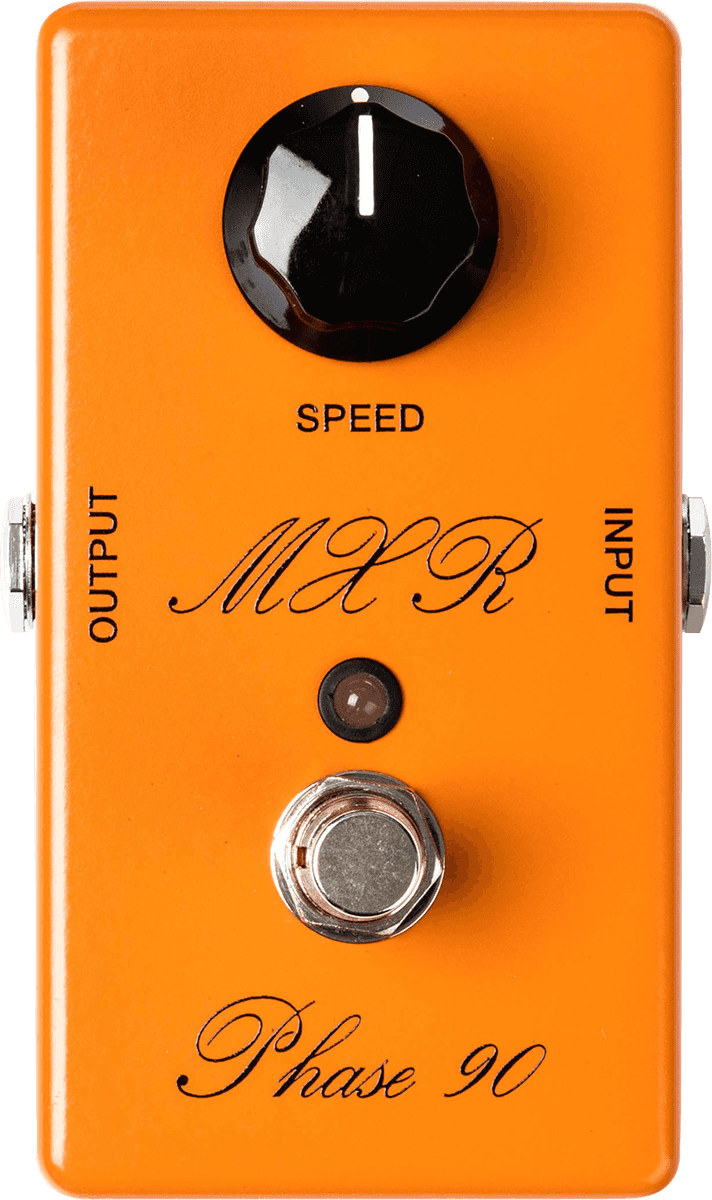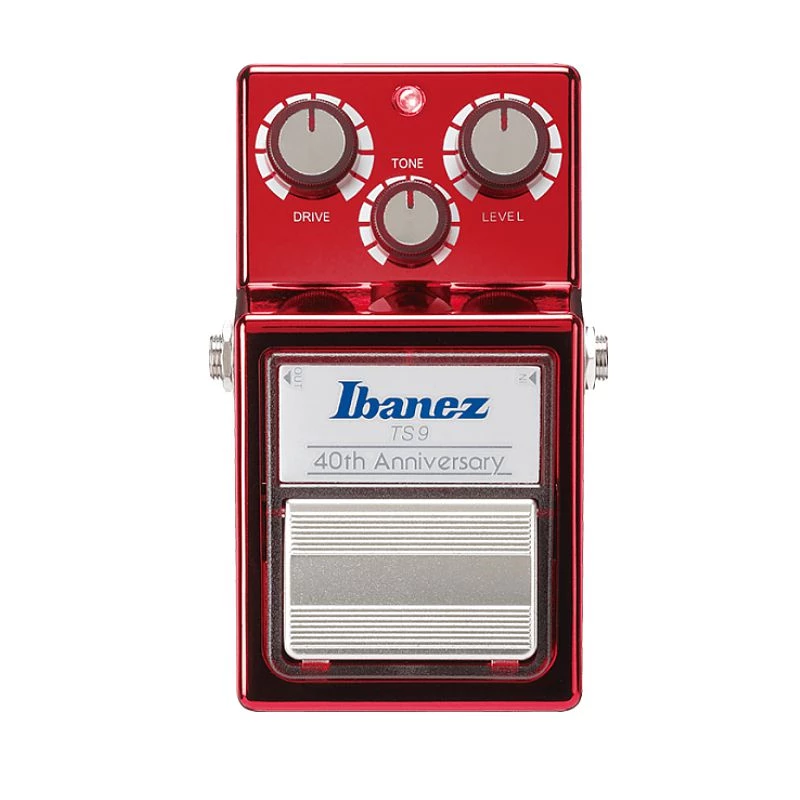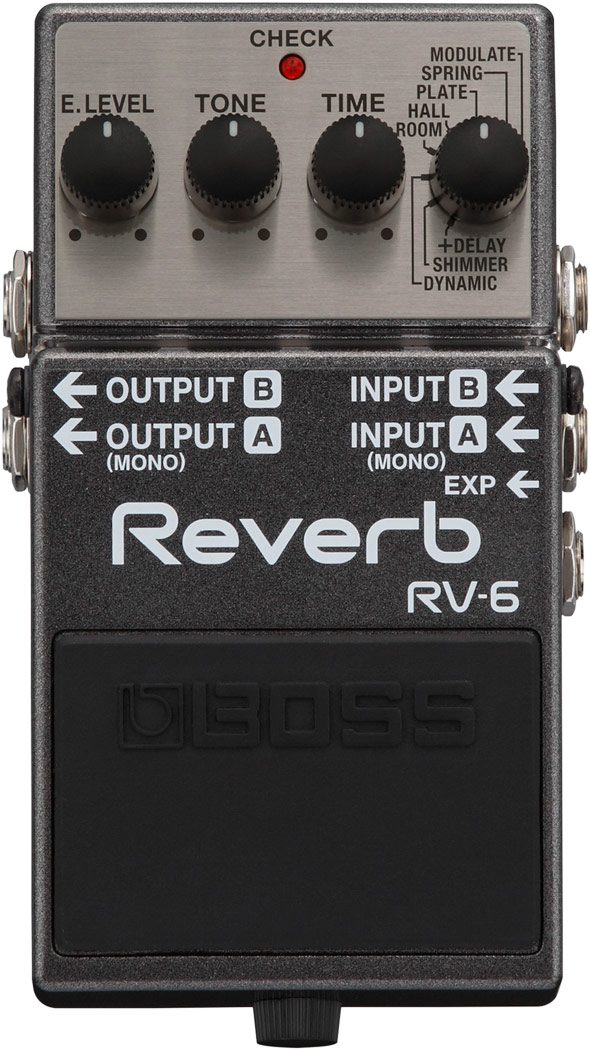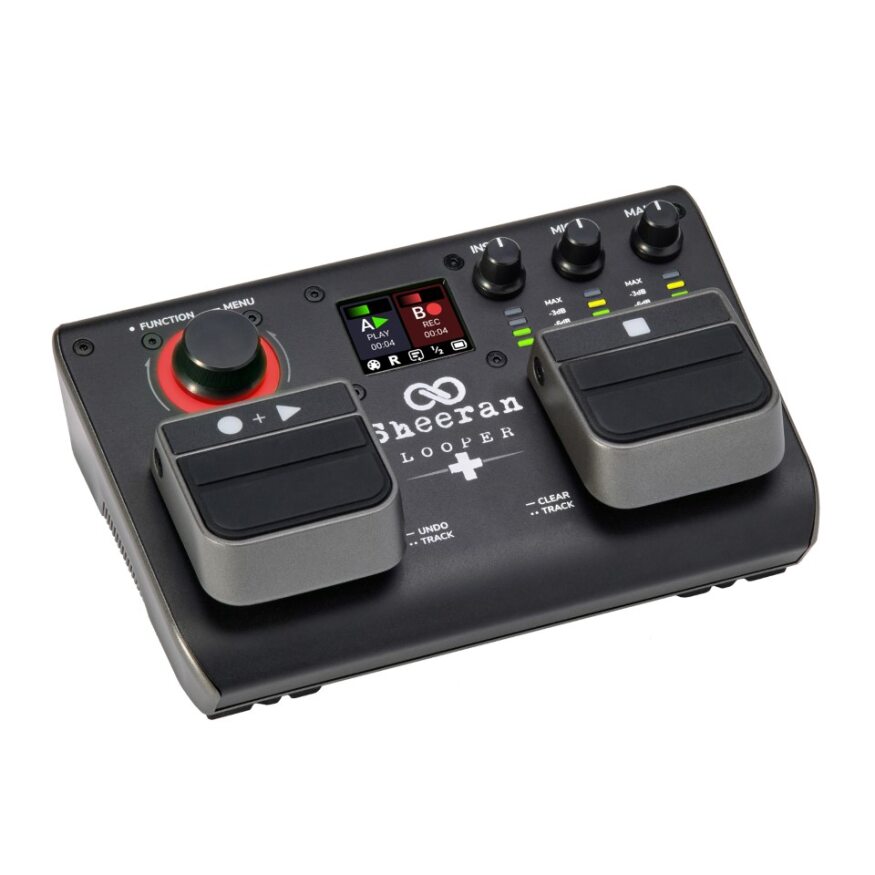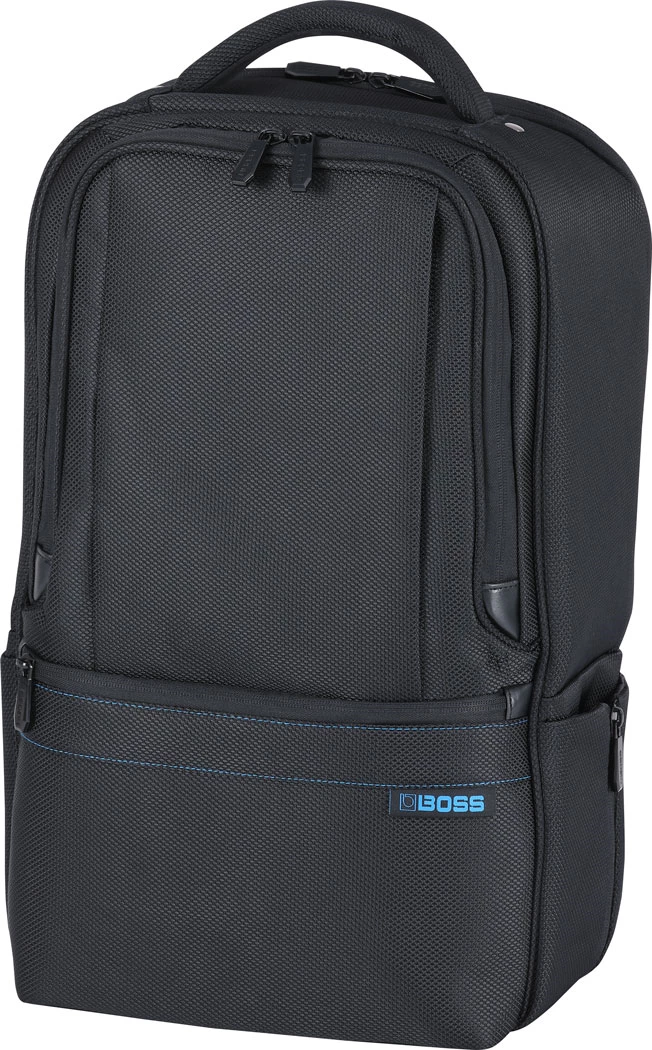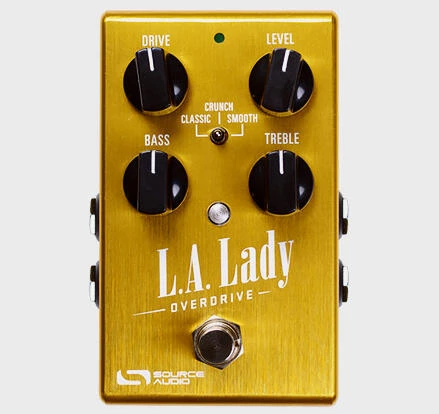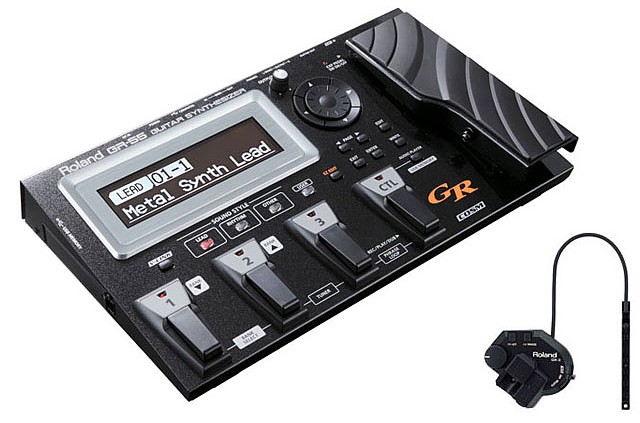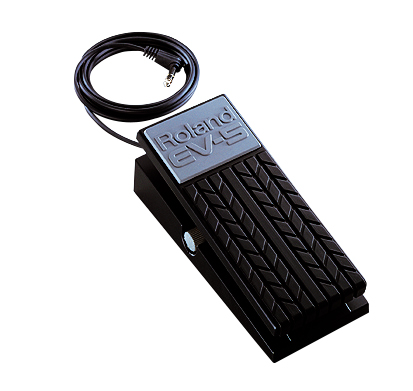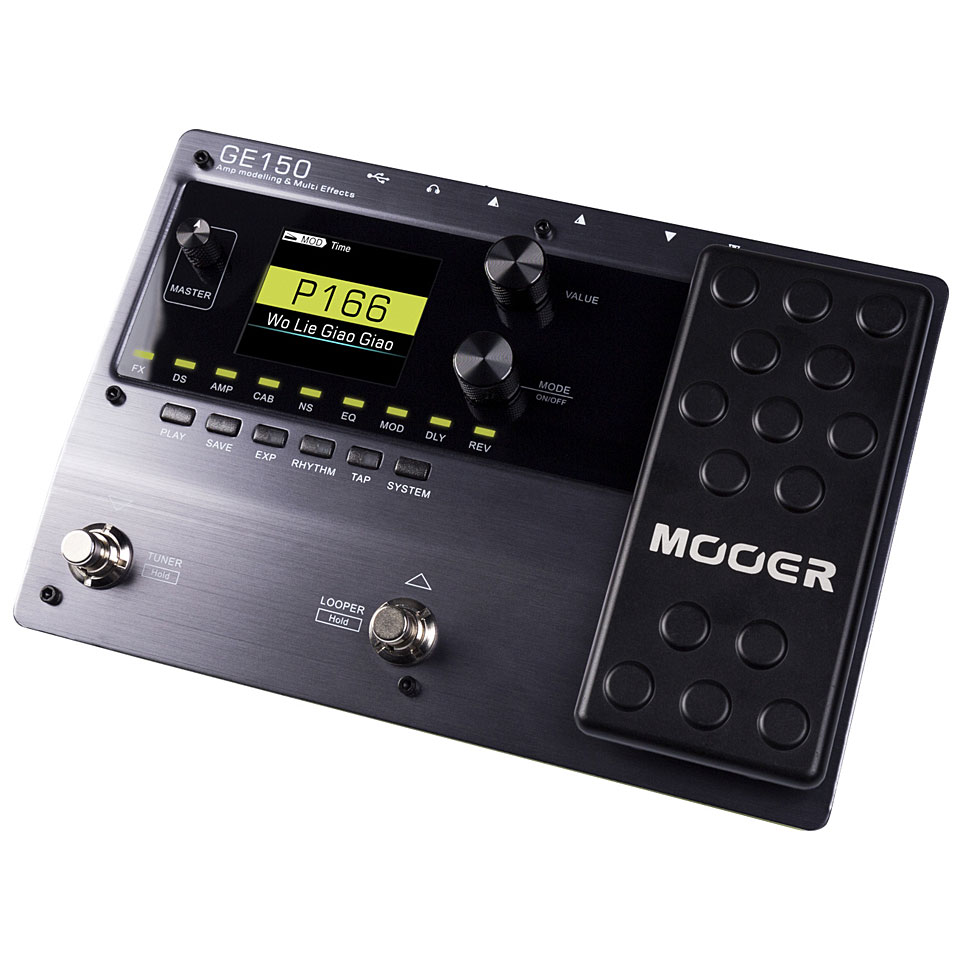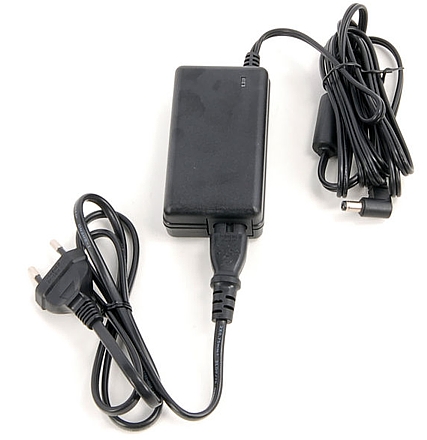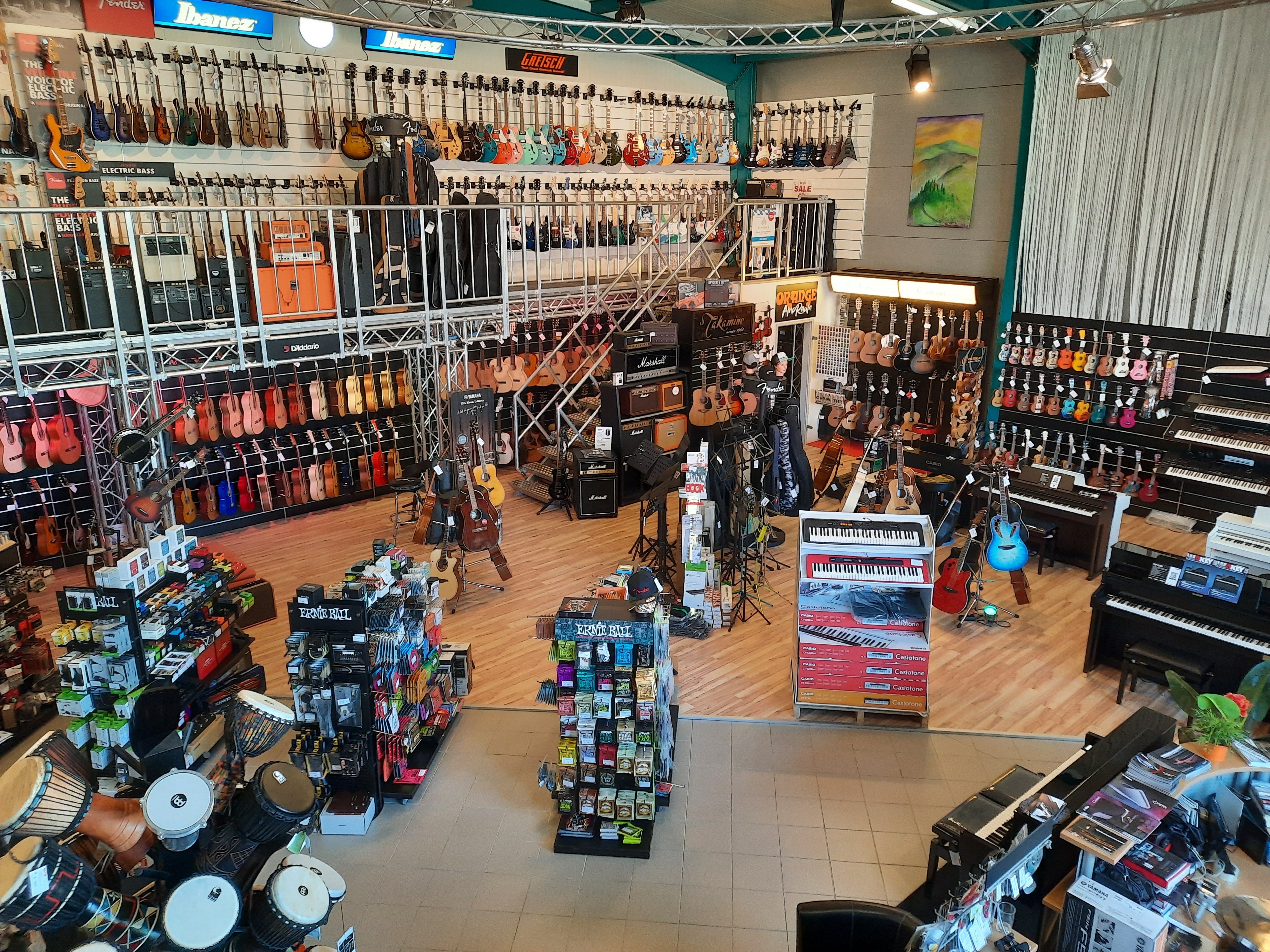Effect pedals
Numerous effect devices can be used to change the sound of the electric guitar or electric bass. The single effects devices or single effects are mostly designed as floor pedals. These are looped between the instrument and the amplifier input. In addition to the floor pedals, there are also multi-effects devices. The digital representatives of the multi-effects devices are usually programmable and have a display. They provide a whole range of effects and setting options.
A brief overview of the effects
Distortion = distortion
The distortion effect mimics the sound of an overdriven amplifier. The strength of the effect and the character of the sound can be adjusted. Examples: Ibanez Tube Screamer or Electro-Harmonix Big Muff
Modulation effects
Artificially generated signal parts are added to the original signal. The best known include chorus, phasers and flangers ...
Chorus
The original signal is minimally delayed and modulated in pitch. Delay time, modulation speed and intensity can be changed. The chorus effect is ideal for “thickening” a signal and giving it a fuller, more spacious sound.
Phasers
The original signal is mixed with a copy of itself, but this copy is offset by a tiny delay time.
Flanger
With the flanger too, the basis of the effect is a time delay between the original and the effect signal. However, this delay is definitely greater here than with phasing. Example: Boss BF-3 Flanger
Leslie effect
or rotary effect. This is also a modulation effect. The sound of rotating loudspeakers is simulated here.
Octaver
The Ocaver effect adds an octave or two lower than the original pitch to the original signal. Example: Boss OC-2
Tremolo
With the tremolo effect, the amplitude of the signal is modulated instead of the pitch, i.e. it becomes louder and louder alternately.
Time-based effects
Examples of time-based effects are the reverb, delay and loop effects
Reverb
The acoustic environment is simulated. With a dry guitar signal, the use of a reverb effect can give the sound a spatial coloring.
Delay & Echo
A delay pedal adds one or more signals to the original signal with a time delay, depending on the setting. With a digital delay, example: Boss DD-3, a multitude of different repetition possibilities can be created.
Looper
Loopers specialize in repeating an initially recorded phrase at the touch of a button. This technique is mainly used by soloists who record a kind of "accompaniment pattern" themselves in order to improvise over it.
Dynamic effects
With dynamic effects, no artificially generated signal components are mixed in, but the original signal itself is changed. The dynamics, i.e. the level difference between the weakest and strongest signal, is changed. Examples: Volume, WahWah and Compressor
Volume pedal
The overall volume can be played louder or quieter by pressing the pedal.
WahWah
The WahWah pedal contains a tone filter unit. The further forward you move the pedal, the more treble (= highs) are produced, in the other direction it is the bass frequencies. By moving the pedal back and forth, a sound is generated that can be described as “WahWah” in terms of sound painterly. Example: Dunlop Crybaby
Compressor
A compressor pedal limits the dynamic range, reducing the volume difference between the quietest and loudest parts of the signal. The use of the compressor gives the sound more sustain, depending on the setting, the sound appears stronger, more voluminous, in short: fatter.
Multi-effects
"Multi-FX" devices or "floorboards" combine the features of various popular effects. Equipped with control and storage functions, display, many effect simulations and also simulations of famous amp models. A wide range of popular sounds and effects.

